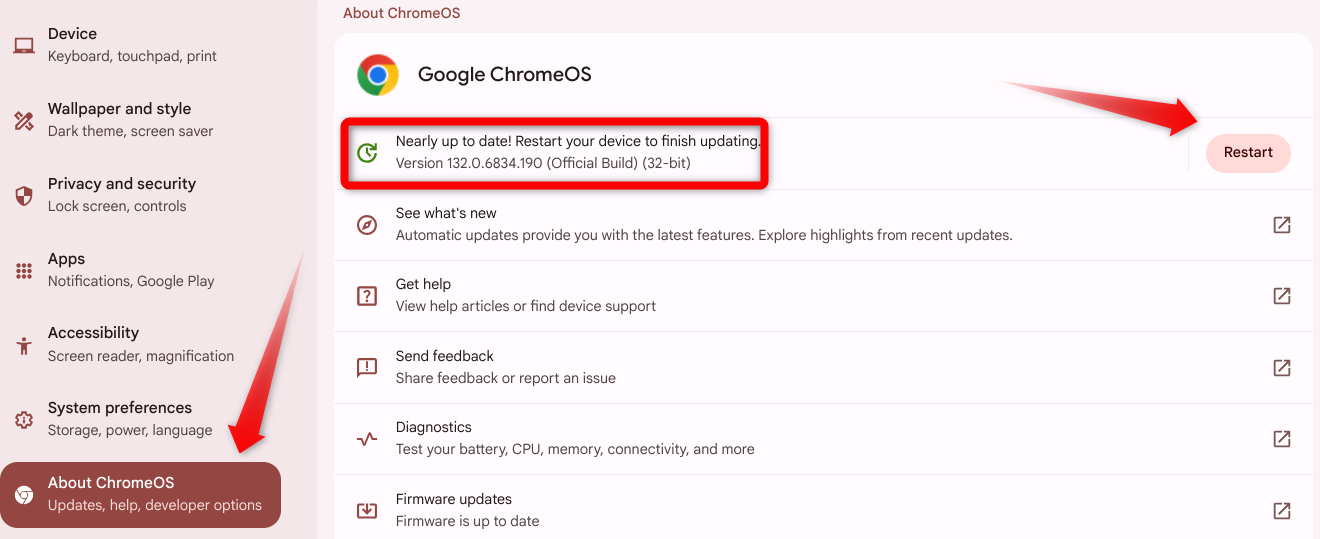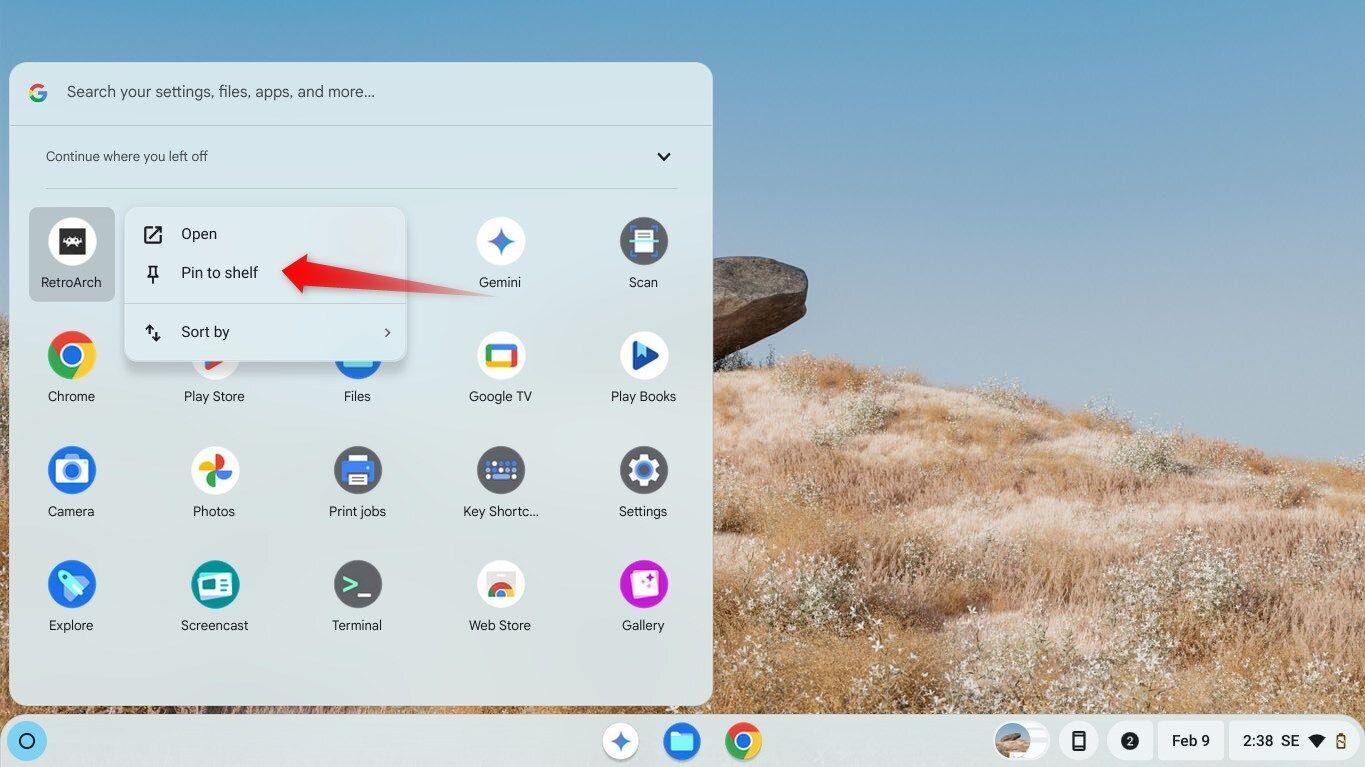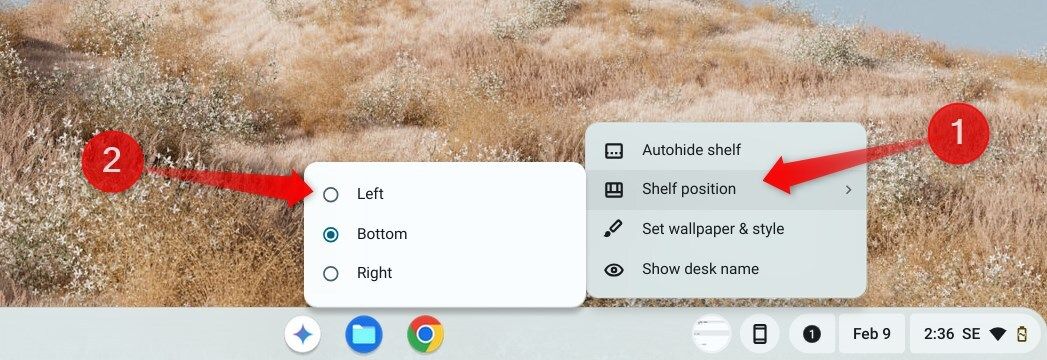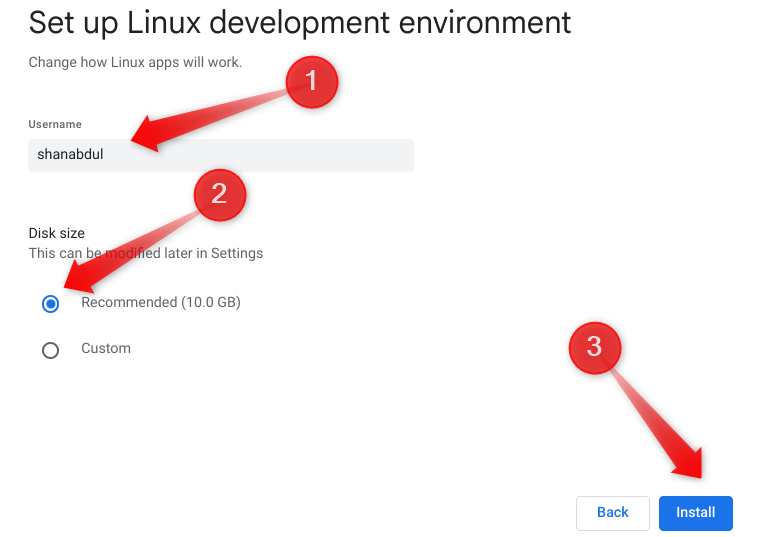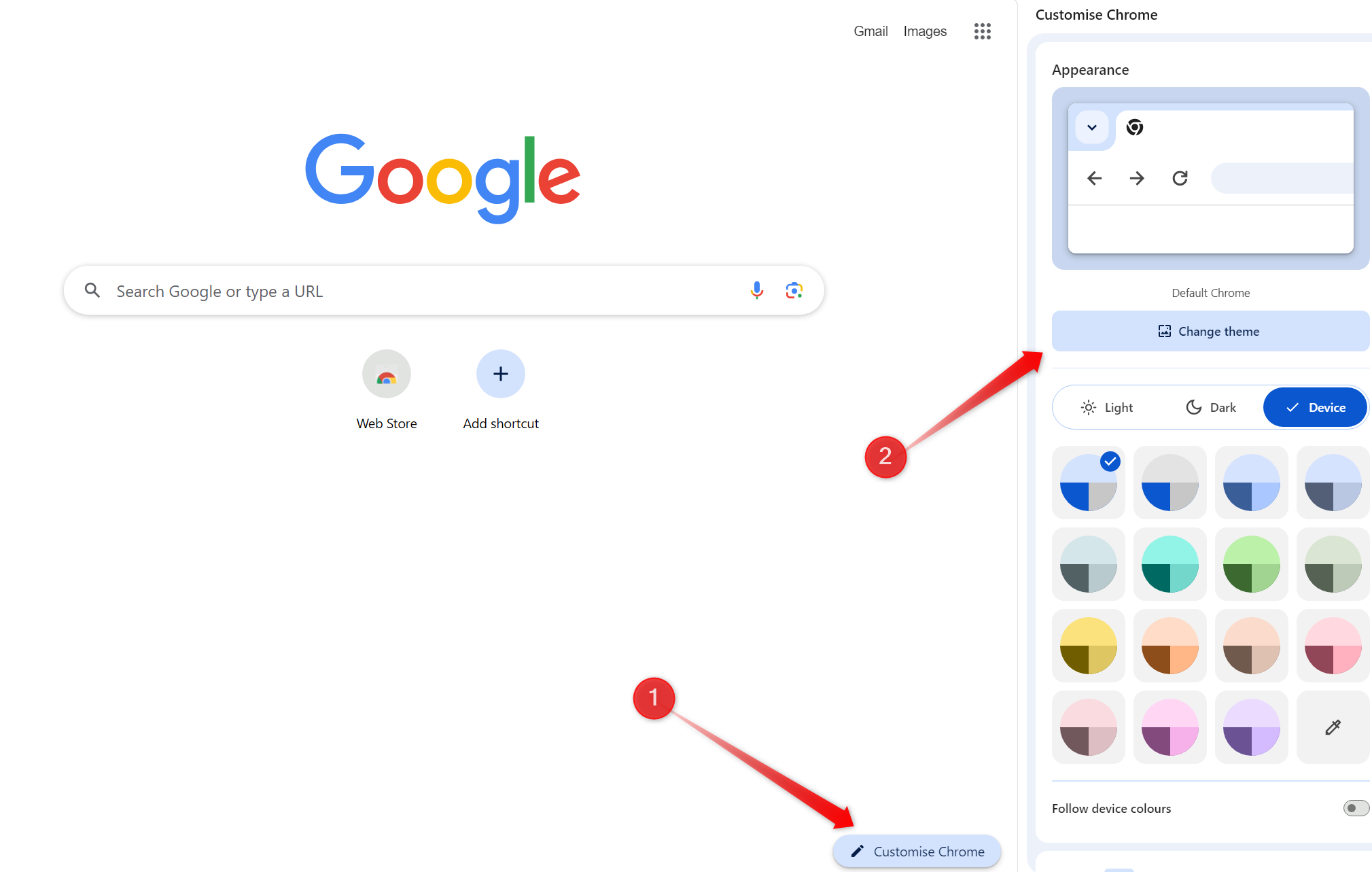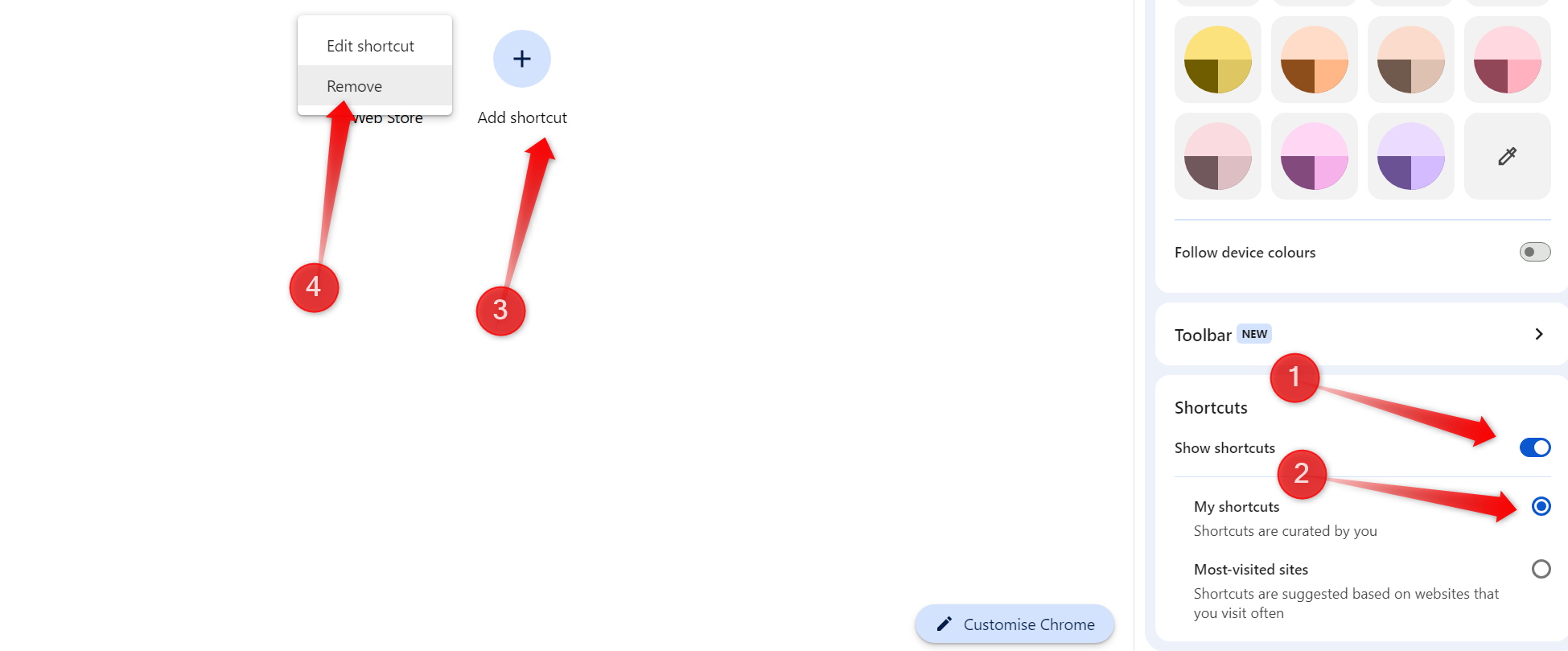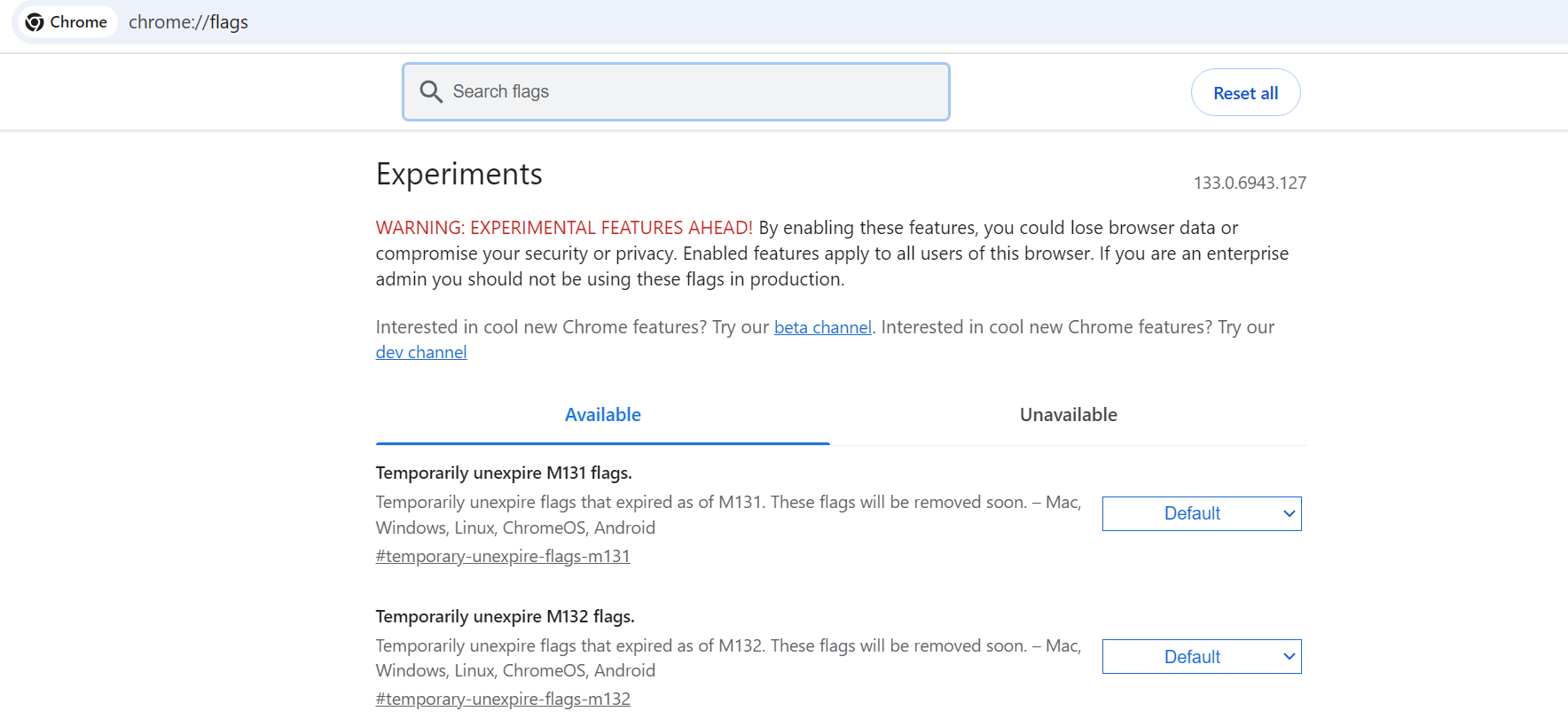Just got a new Chromebook? How you set it up can greatly impact its speed, security, and overall usability. So, you must configure it properly to get the best experience. If you’re going to be using ChromeOS for the first time, here are a few steps you should follow once you unbox your device.
8
Link Your Phone for Seamless Sync
ChromeOS lets you link your Android phone to your device. Using it, you can unlock your Chromebook using your phone, automatically connect to its hotspot when Wi-Fi isn’t available, receive text messages and notifications directly on your Chromebook, access your phone’s apps and photos, view recently opened tabs, and interact with alerts.
To link your phone, open the launcher and navigate to the Settings app. Select the “Connected Devices” tab and click “Set Up” next to Android Phone. Your Chromebook will automatically detect any phones signed in with the same Google account. If you have multiple devices, select the one you want to pair, click “Connect,” enter your password, and select “Done.”
7
Update Your Chromebook for the Latest Features
Before you purchased your Chromebook, it may have remained with the distributor or computer shop for months. During that time, Google could have released updates that weren’t installed. To ensure you have the latest features and security patches, you must check for and install any available operating system updates.
To do this, open the launcher and navigate to the Settings app. Select the “About Chrome OS” tab on the left sidebar, then click “Check for Updates.” If an update is available, your Chromebook will automatically download and install it. Once the process is complete, restart your device to apply the changes.
6
Download Apps From the Play Store
By default, Chrome comes with several pre-installed apps, including YouTube, Camera, Maps, and Google Workspace apps. However, not every app you need will be available out of the box. So, you should install your favorite apps, which you can easily do through the Google Play Store—the same platform you use to download apps on your Android smartphone.
Remember that most Android apps are designed primarily for smartphones, so depending on your Chromebook model, you may experience some compatibility issues. To download an app, open the Google Play Store, search for the app you want, and click “Install.” Once the installation is complete, the app will appear in the launcher.
5
Set Up Your Shelf
Your Chromebook’s Shelf gives you quick access to your most-used apps, so you should pin the ones you use often. To pin a newly installed app, click the circle icon in the bottom-left to open the launcher, find the app, right-click it, and select “Pin to Shelf.” Similarly, you can remove any apps you don’t need on the Shelf.
To unpin default apps, right-click them on the Shelf and select “Unpin.” If you prefer a cleaner look, you can hide the Shelf by right-clicking it and choosing “Autohide Shelf,” which makes it visible only when you move your cursor to the bottom of the screen. You can also change its position by right-clicking the desktop, selecting “Shelf Position,” and choosing a new location.
4
Change the Lock Screen Settings
By default, your Chromebook requires you to enter your Google account password to sign in. However, I recommend changing this to a different password so you won’t have to disclose your Google account credentials if you need to share your device with someone. You can also set up a sign-in PIN to sign in quickly.
To adjust these lock screen settings, open the launcher and navigate to the Settings app. On the left sidebar, select the “Privacy and Security” tab, then open the “Lock Screen” settings. To set up a different password or a PIN, click “Set Up” next to the respective option and follow the on-screen instructions. You’ll need to enter your current password for verification.
3
Personalize Your OS for a Better Experience
ChromeOS offers various customization options to personalize your device. You can set a custom wallpaper and screensaver to make the background look nice, organize apps by color in the launcher or within folders for easy access, adjust the cursor’s size and color for improved visibility and aesthetics, and change the font to suit your preference.
You can also remap certain keys—such as Search, Ctrl, Alt, Escape, and Backspace—to perform functions different from their default assignments. You can switch between light and dark mode or set it to change automatically. These customization options allow you to personalize your Chromebook experience to better suit your preferences.
2
Set Up Linux on Your Chromebook
If your Chromebook supports Linux, enabling it can give you access to software, coding tools, more games, and other features that ChromeOS doesn’t natively support. To check if your device supports Linux, go to Settings > About ChromeOS. If you see the Linux Development Environment option, your Chromebook is compatible.
If not, your device may not support it, or you might not have permission to enable it. If Linux is supported, you can set it up by clicking “Set Up.”
Then, allocate storage and select “Install.” The installation will take a few minutes.
Once done, open the Terminal and run the following command to update the Linux environment:
sudo apt update sudo apt upgrade
1
Customize Chrome: Your Default Browser
As Chrome is the default web browser on your Chromebook, personalizing the browser is an important part of the setup process.
Go to Settings > On Startup to set a specific page to open every time you launch the browser. For a new appearance, apply an available theme or visit the Chrome Web Store > Themes to pick an elegant option.
If you prefer a search engine other than Google, you can switch it by going to Settings > Search Engine.
You can also personalize the new tab page by changing the background and adding shortcuts.
Additionally, you can add frequently used features to the toolbar, adjust fonts to match your style, and explore Chrome Flags to experiment with experimental features.
You can also configure the browser mode to adapt based on your device, start bookmarking your favorite sites, and install useful extensions to boost productivity and functionality.
If you’ve just purchased a Chromebook and are using it for the first time, go through the steps outlined above. In addition to this setup, you can adjust touchpad and keyboard settings, modify notification preferences, configure network settings, and customize security and privacy options to suit your needs to personalize your device further.



